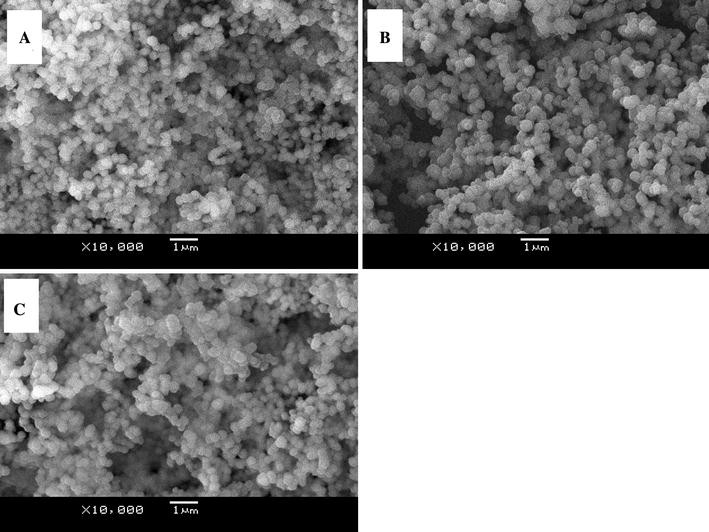

There are many potential applications for this green chemistry approach to protect cellulosic fibres from UV-bleaching in sunlight and to improve their whiteness and brightness. The fabricated core-shell nanospheres were used for the photodegradation of binary azo dyes in aqueous solution, methyl orange and methylene dyes under UV irradiation light. The TiO2 /SiO2 nanocoated paper samples exhibit higher whiteness and brightness and greater stability to UV-bleaching than comparable samples of blank paper. These core/shell particles were deposited and fixed as a very thin coating onto the surface of cellulose paper samples by a wet-chemistry polyelectrolyte layer-by-layer approach. The obtained precipitate was dried at 70☌ for 20 h, and finally calcined at 450☌ for 2 h. Photobiol., A 84 (1994) 183‒193.To inhibit the photocatalytic degradation of organic material supports induced by small titania (TiO2 ) nanoparticles, four kinds of TiO2 nanoparticles, that is, commercial P25-TiO2, commercial rutile phase TiO2, rutile TiO2 nanorods and rutile TiO2 spheres, prepared from TiCl4, were coated with a thin, but dense, coating of silica (SiO2 ) using a conventional sol-gel technique to form TiO2 /SiO2 core/shell nanoparticles. Savinov, Photocatalytic methods of water and air purification, Sorosovskij obrazovatel'nyj zhurnal 6 (11) (2000) 52‒56. The synthesis of CoNiSiO2 TiO2 core-shell and CoNiAirTiO2 yolk-shell microspheres is reported for the first time. Magnetic photocatalyst / Hiroshi F., Yukiko H., Michichiro Y. The photodegradation dynamics revealed that even though the oxidation rate decreases over time, about 90% of methyl orange is oxidized during the first 35 min. The photocatalytic activity of Fe 3O SiO 2 nanoparticles was investigated by photodegradation of methyl orange in aqueous solution under UV light irradiation. The resulting particles were separated using a magnet, washed and dried to constant weight, the yield was 70%. Finally, solution of tetrabutoxytitanium was added dropwise to the mixture of Fe 3O 2 nanoparticles under sonication & intense stirring. Secondly, the magnetite nanoparticles were dispersed in ethanol using sonication, and solutions of both ammonia and tetraethoxysilane were added to the suspension under intense stirring, since it was suggested that the introduction of an intermediate passive SiO 2 layer between the Fe 3O 4 and TiO 2 phases inhibits the direct electrical contact and hence prevents the photodissolution of the magnetite phase and deterioration of the surface photocatalytic properties. Herein, we prepared commercially amorphous SiO 2 nanoparticles encapsulated in amorphous titanium oxide shells (a-TiO 2) (SiO 2 a-TiO 2) by a facile hydrolysis of titanium isopropylate in alkaline alcohol system. Chenchik Institute for Combustion Problems, 050012. First the nuclei of magnetite nanoparticles were prepared by co-precipitation of iron (II&III) salts solutions. Surface coating strategies have shown to be effective for improving the cyclability of SiO 2 anode materials of lithium-ion batteries (LIBs). Synthesis and Photo-Catalytic Activity of Nanoparticles with Structure Core/Shell: Fe3O4SiO2TiO2 D. In this work, the nanosized magnetic Fe 3O 2 photocatalyst was prepared by sol-gel methods.


 0 kommentar(er)
0 kommentar(er)
